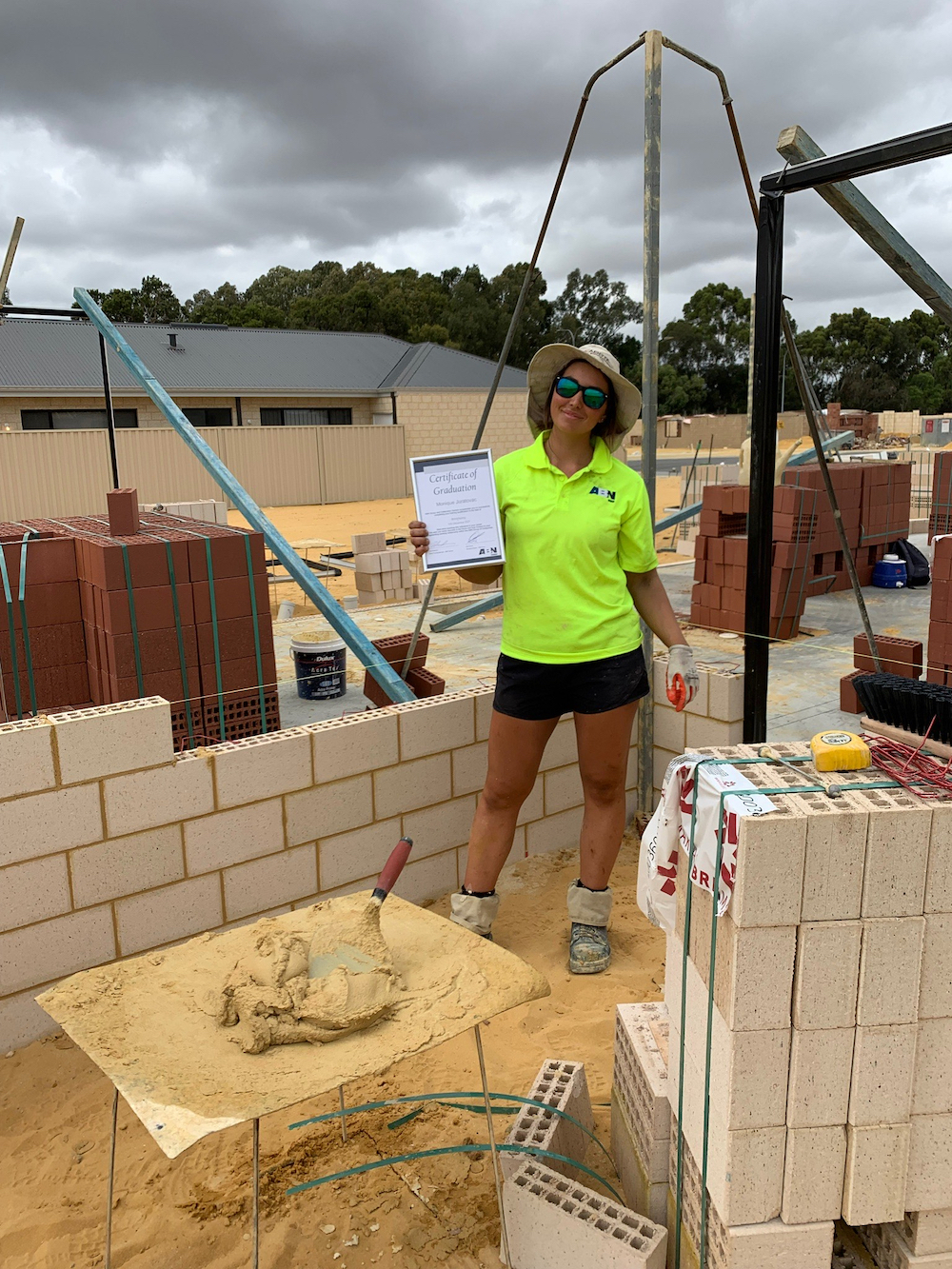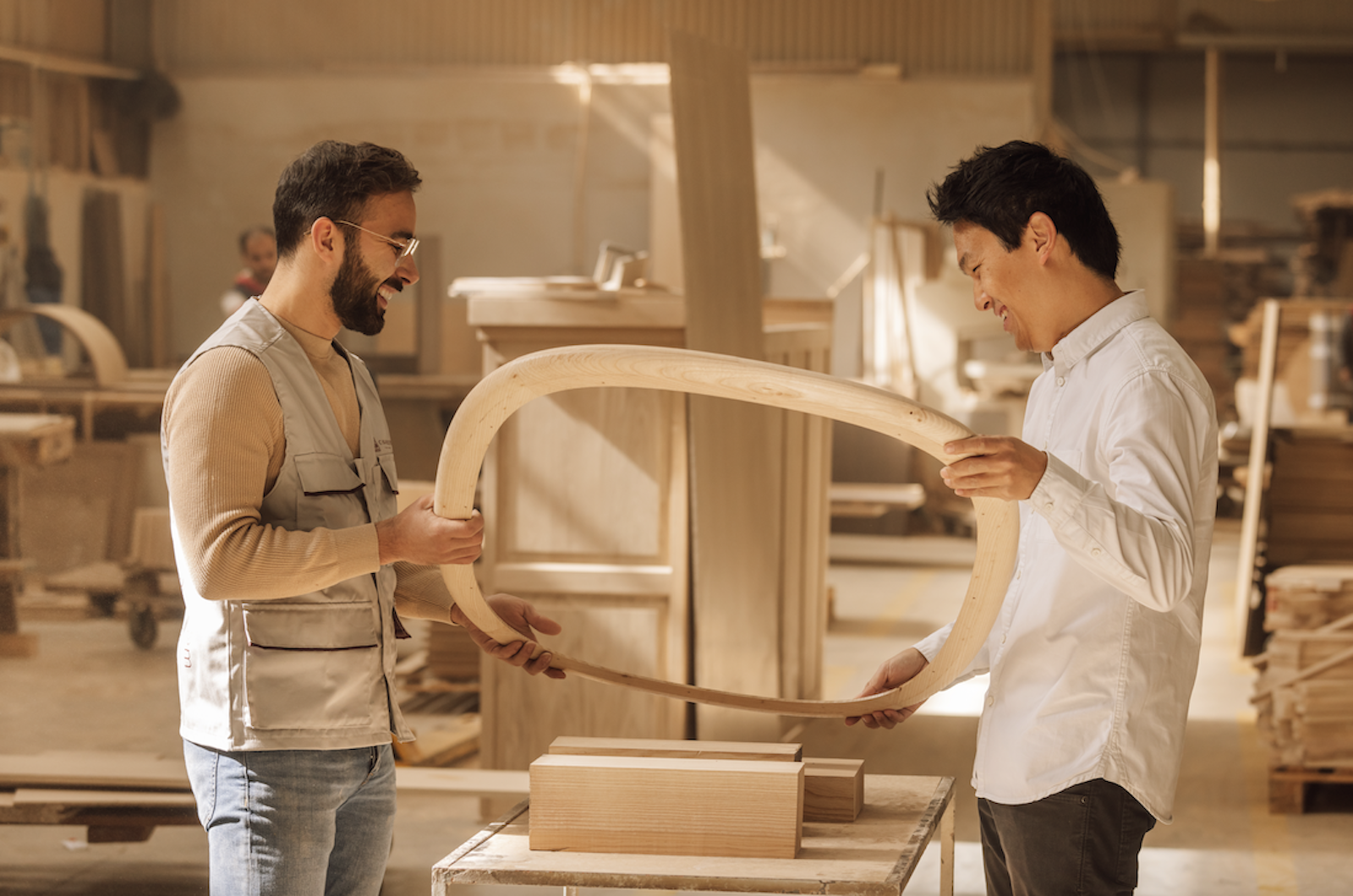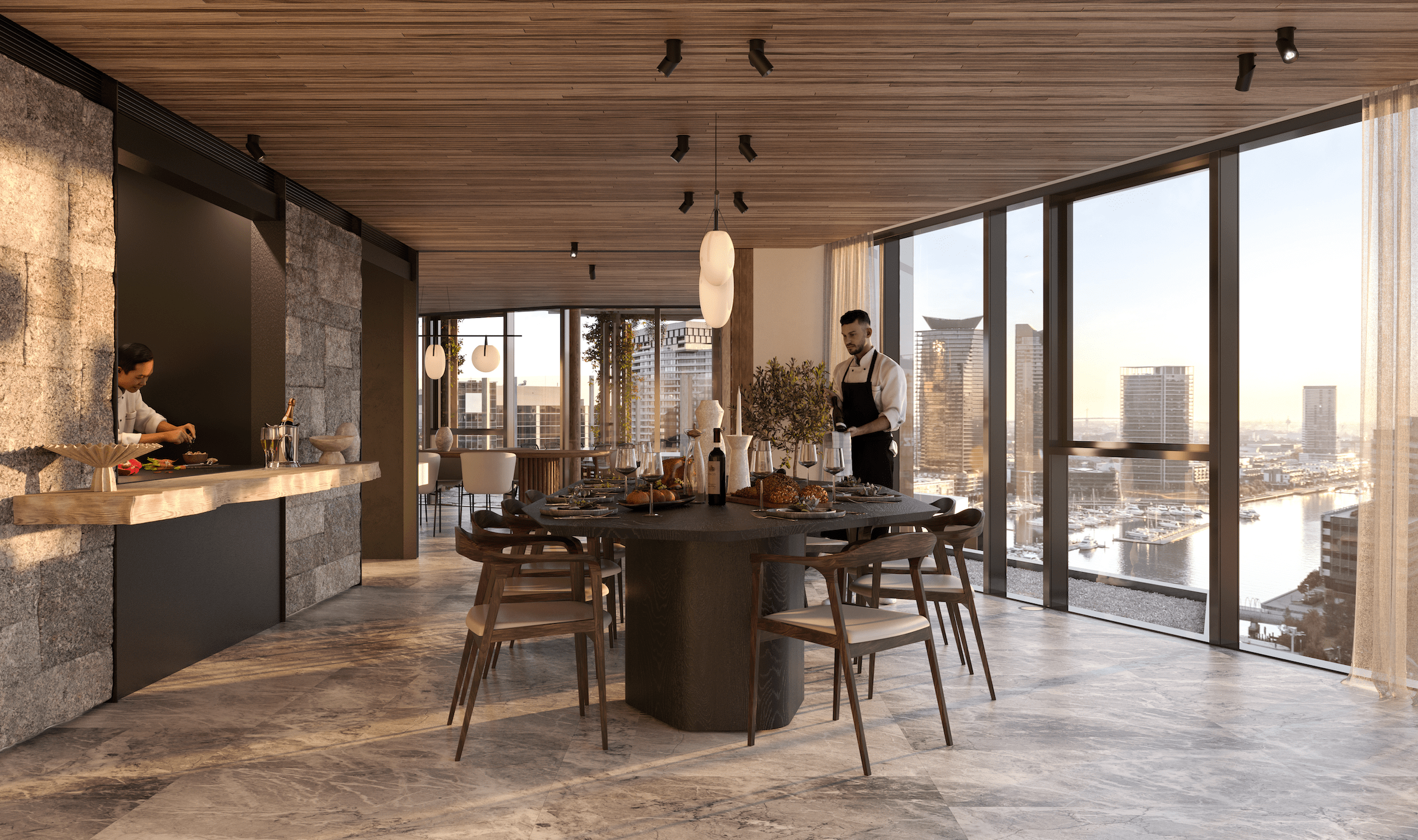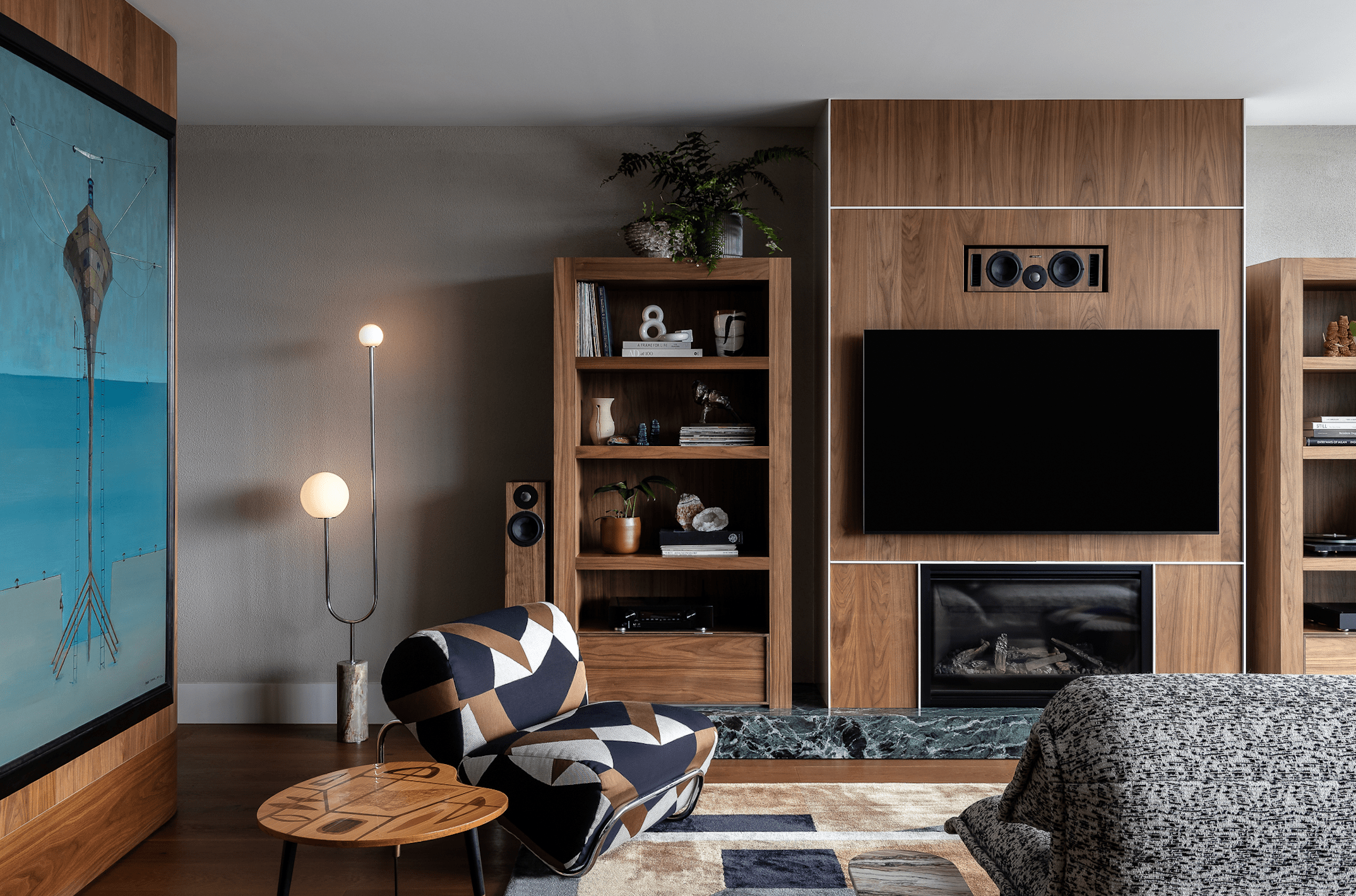When Monique Juratovac swapped her make up brushes and hairdryer for a brickie’s trowel three and a half years ago, she had no idea she would find herself in the middle of a tradie drought.
This week, the Housing Industry Association reported that Australia is in the midst of a building bonanza, with more than 100,000 homes under construction. But the high demand and COVID related issues have meant that the worker shortage is at its worst since records began.
The biggest demand is for bricklayers, carpenters and roof tilers.
For 23-year-old Ms Juratovac, who started her own business MJ Bricklaying last week, it’s meant there’s plenty of work on the ground.
“I have had quite a few people message me to do private jobs,” she said. “I have always done more housing (than commercial sites) and that’s what I prefer. But I’ll always help out people close to me.”
Perth-based Ms Juratovac became a bricklayer after qualifying as a hairdresser and then a make up artist before making the switch to the building site.
“I left school quite young after being bullied and hairdressing was the avenue most girls went down – my older sister was a hairdresser,” she said. “I did three years of study but I wasn’t happy so I did a Certificate III in make-up. But that didn’t help. I needed a change.”
After investigating a number of trades, and a day’s trial on a building site, she was hooked.
“I was talking to mum about it and she said to give it a go. I did a day’s free trial on site and I fell in love with it.
“I love the whole atmosphere. I don’t have to do my make up to go to work, I can just roll out of bed. I get along with the boys so well – we have banter and it doesn’t even feel like work some days.”
Ms Juratovac (pictured below) also tested her skills against the best in her region.
“I won the WorldSkills Regional Bricklaying Competition in 2019,” she said. “I didn’t expect to win it. I was prepared for the worst but they said I’d won. Then they said I was the first woman to win and I started to cry.”
She has also won Apprentice of the Year – twice.

General manager international marketing for Brickworks, Brett Ward, said Western Australia, where Ms Juratovac works, is suffering the longest waits for bricklayers, with delays of up to 12 weeks, but all states are under the pump. Brickworks is working with the Australian Brick and Blocklaying Training Foundation to attract more apprentices into the industry.
“There are apprenticeships available – we have 30 available in WA right now,” he said. “It’s a major campaign to align the apprenticeship scheme with the major builders. It’s something we are working on all the time but we are competing against tech based jobs. Bricklaying is not seen to be as cool but you can run your own jobs and be your own boss.”
As long as you enjoy physical work, Ms Juratovac says bricklaying is a satisfying – and in demand – career. And these days, she’s calling the shots on site.
“It feels good. It’s scary and stressful but once you get your head around it, it’s good,” she said. “People are listening to me a lot more. Before they’d ask one of the boys but now that I am paying the wages, they’re listening to me.”
Miles from home and in lockdown with family, the designer took inspiration for his new sofa from an unlikely source
While the rest of the world was hunkering down in 2020 as the reality of COVID set in, Gabriel Tan was moving house — halfway around the world.
The Singaporean designer and his heavily pregnant wife Cherie Er relocated with their five-year-old son to Porto, on the coast of Portugal. It was a bold move given Tan had an established studio in Singapore, but the couple decided it was worth the risk to be in the heart of the design centres in Europe and the US.
“It was difficult because we had a good business in Singapore and my wife had a really good job — she was running the Asia Pacific sales for Credit Suisse,” he says. “We threw everything in the basket and moved to Portugal.
“We decided that this design business has to work.”
For more stories like this, order your copy of Kanebridge Quarterly magazine here.
By the time Tan, who decided on a career in design while doing his national service in the navy, left for Portugal, he was already a name in Singapore and Japan, first with Outofstock, which he started with two friends, then his own studio before working with Japanese brand Ariake.
“I met them when they were still doing contract manufacturing and they were a local brand that wasn’t even known in Tokyo,” he says. “Originally the plan was just for me to design a few products for them. I told them that’s not going to move the needle for them if you are just going to add my products to your current collection so I suggested something more ambitious.
“I kind of appointed myself as the creative director.”
Origin story
The experience with Ariake spurred Tan onto build his own brand, Origin Made, designing products and taking on interior design projects, but he was keen to continue to extend himself.
Over time, living and working in a country of 5.5 million people was beginning to feel limiting.
With more of his time and attention being directed towards brands in Italy, Scandinavia and the United States, it made sense for Tan to make a permanent move to a location with easier access to Europe as well as North America. It was also an opportunity for a fresh start in design terms.
“I felt I was getting pigeon holed a little bit before COVID because people felt my work was very minimalist Japanese/Scandinavian, but it was because I was designing for Japanese clients,” he says. “When you work with a company, it is 50 percent them and 50 percent you. You bring part of yourself but at the same time, you can’t ignore the brand, their culture and their customers.”
Life in lockdown
Like much of the rest of the world, Portugal was in lockdown when Tan and Er arrived and their rental accommodation was not entirely comfortable for the family. As some work dried up in Singapore, Tan found himself with time to think.
“We were spending a lot of time in front of the TV and we were all wishing we had a more comfortable couch in our apartment,” he says.
“I was still waiting for my home to be finished construction so we were in a very uncomfortable spot.
“I really prioritised comfort when I was designing this sofa so I really went for it and tried to think ‘what is the craziest, most comfortable form we could get’.”
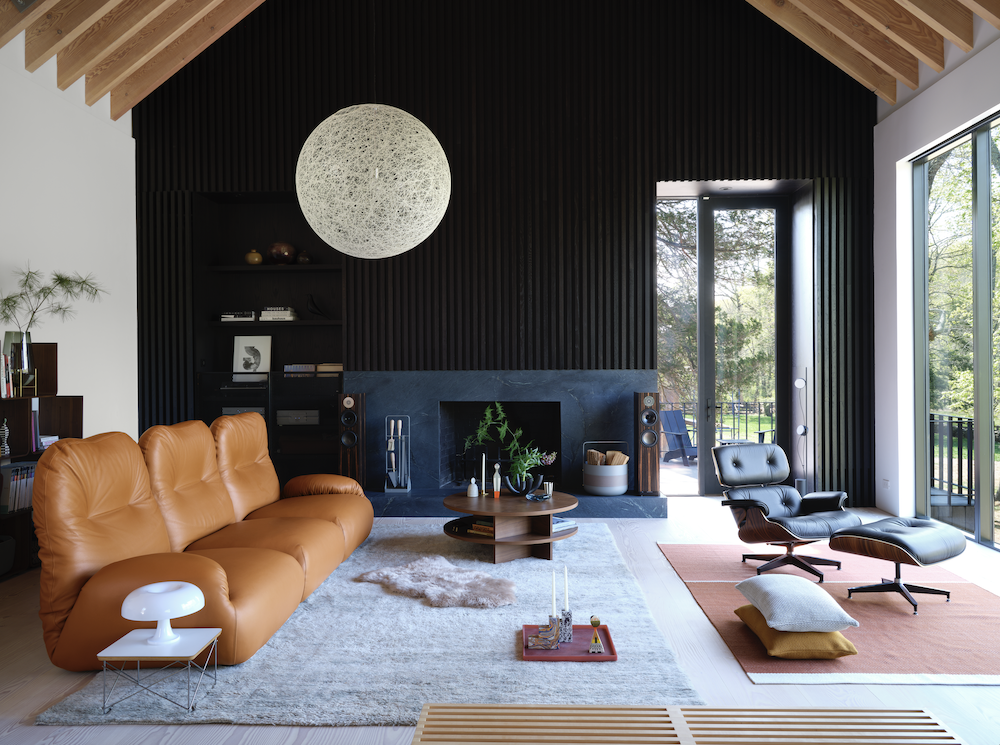
The sofa is the Luva (Portuguese for glove), a modular design taking its inspiration from Japanese futon beds and western boxing gloves. The backrest has the ability to extend for full lounging or to fold down to create a ‘fist’ for more support. It’s a deliberate attempt at cross cultural pollination.
“You have the eastern influence of the futon and the western sport of boxing and I tried to get an aesthetic that different cultures would be familiar with whether they are from Asia, Europe or the US,” he says. “You will find this shape is familiar to you and you will be naturally drawn to it.”
Build your own
While the lounge is in keeping with a contemporary aesthetic and comfort levels, it also embodies the practicality that is an integral part of Tan’s approach. Each piece is available individually, allowing the user to ‘build’ the lounge to suit their needs, whether they live in a large house or a small apartment.
“I have lived in apartments all my life,” he says. “You can see how narrow the stairwells can be, and you have to carry the sofa up.
“Whenever we are doing interior design for clients we know the consideration when you’re buying a sofa. If it’s modular, if you can get it through doorways and narrow hallways, it’s going to be much easier to convince the client to buy.”
It’s also a design that the user can add to over time, extending the usefulness and longevity of the sofa. Tan took it to product design director at Herman Miller, Noah Schwarz, who was quick to recognise its applications.
“He would often ask what I was working on so I showed him this sofa and immediately he was like ‘this could be something for us’,” says Tan.
“He thought it might be something for the MillerKnoll group but which brand he couldn’t tell yet.
“But he said ‘definitely don’t show it to other people’.”
The Luva has since been joined by the Cyclade tables, a trio of coffee and occasional tables designed to work equally well together or singularly. Other collaborations have followed, including work with major European brands such as B+B Italia, Menu, Abstracta and Design Within Reach while still maintaining his Singaporean office.
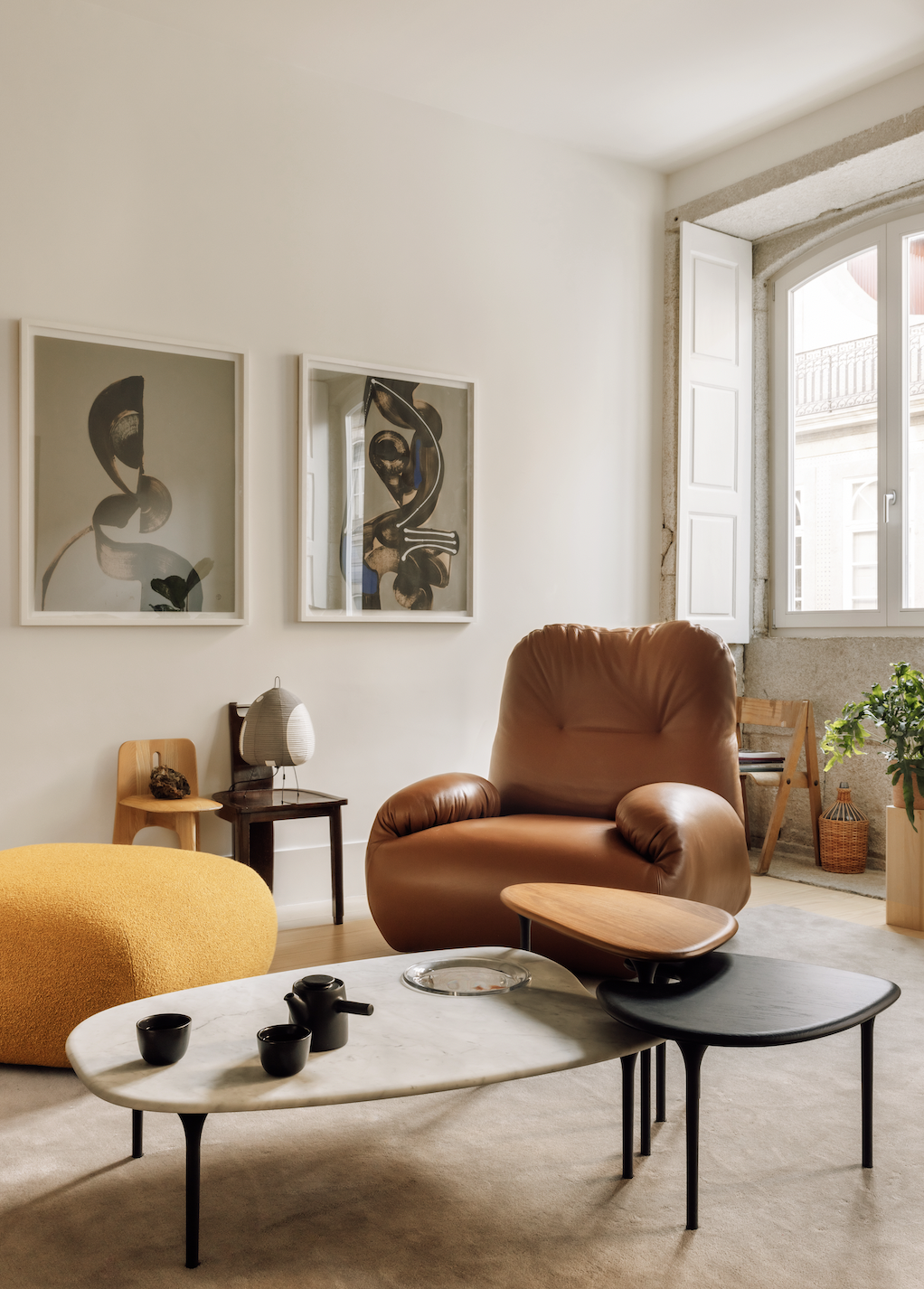
Cutting down travel times has meant more time on the ground.
“Here I travel quite a lot to meet with different companies I am working with and that helps because to me these distances are super short,” he says. “For designers living in Europe they might not want to go to Denmark because it’s a 3.5 hour flight but to me, even if I have to transit, five hours is no problem.”
Leap of faith
Although the move to Europe was risky, Tan has no regrets. While he admits his Portuguese is still a work in progress, his two sons (Er delivered a baby boy not long after arriving in Portugal) are quickly learning the language and the family has now moved into a traditional townhouse, which Tan has renovated, and where their office is based.
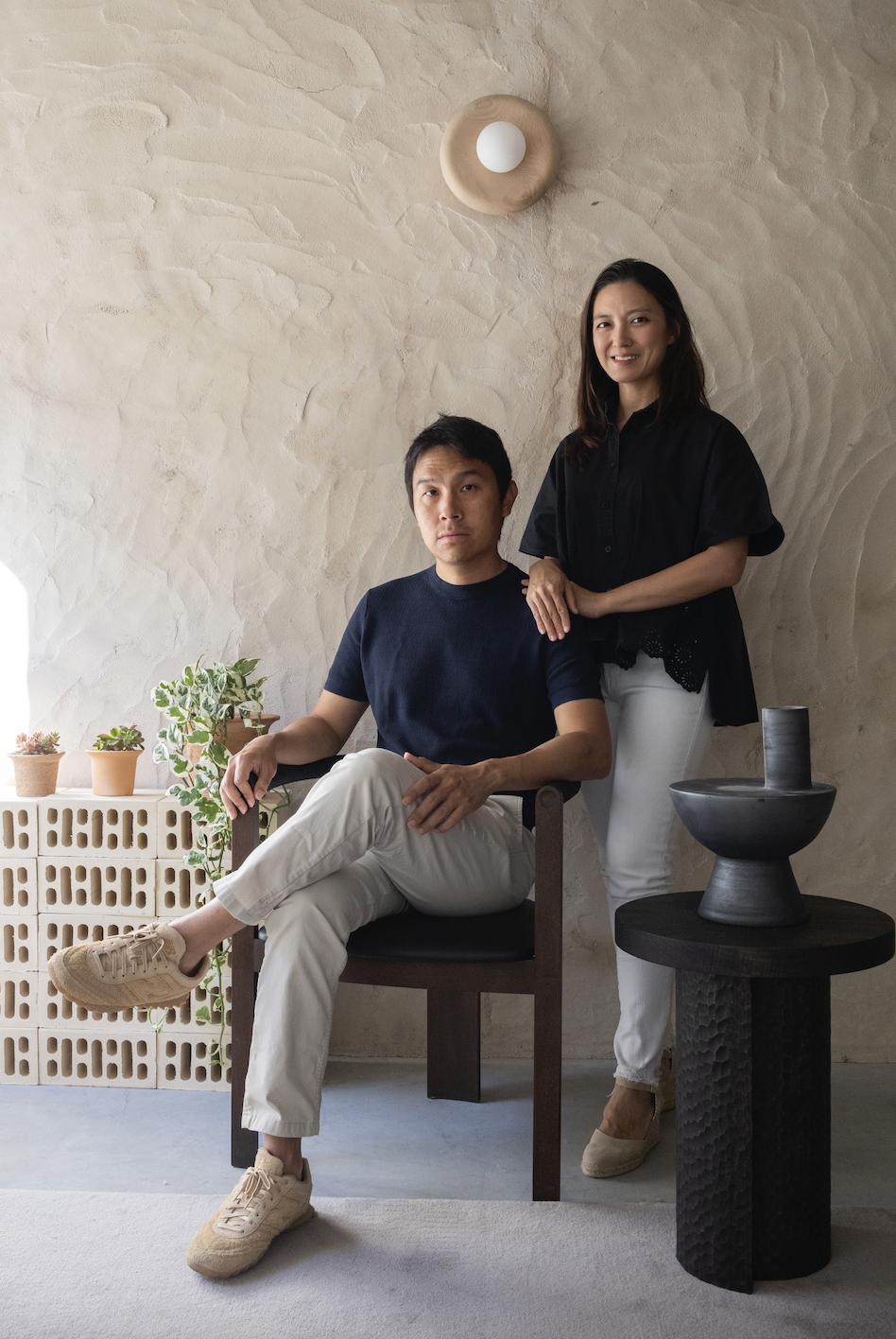
Being in the heart of Europe has opened up a world of opportunity for Tan that has been both invigorating and challenging.
“I am designing for companies of different countries and I get to learn more about other ways of life and how people from other countries see design and see their homes and their spaces and how people do business in different parts of the world,” he says. “Coming from Singapore, it can be very stifling because it is so small. It’s really such a joy to experience these different cultures through design collaborations.”
Moving away from family and friends was a leap of faith but it gave him the push he needed. For a designer whose work is all about comfort, he is not one taking the safe path and staying home.
“It’s a good business model for revenue but you are not going to leave a mark on design history, you are not going to touch the lives of that many people if you are working with regional brands,” he says. “I really wanted to work with the international brands that have the reach with customers worldwide and I think if I hadn’t moved I would not have had that clarity of mind and that focus to really go for it.”
Article originally published on Kanebridge News Australia





